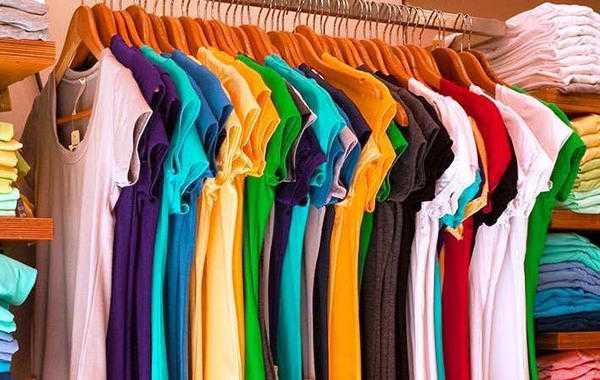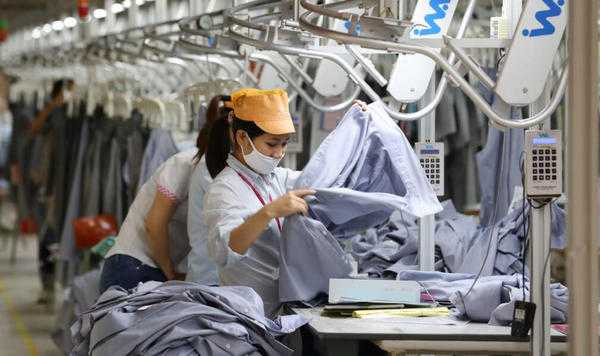
NewsInformation Center
Vietnam Textile and Garment Industry: Creating a Green Production Chain
2023/04/20
Green environmental protection has become a new trend in the development of the textile and garment industry, and enterprises must move in this direction in order to achieve sustainable development goals. In order not to be eliminated, suppliers have no choice as the EU market, where Vietnam's textile and clothing exports exceed US$4 billion a year, has implemented eco-textile regulations and technical standards.

All textiles entering the EU market should be durable, recyclable and made from recycled fibres. At the same time, the world's major clothing brands that place orders with Vietnamese textile and clothing companies are gradually shifting to give priority to placing orders with green companies.
Customers of many big brands in the world require textile and apparel suppliers to implement green production processes. Therefore, it is the only way for enterprises to increase investment in water cycle energy-saving equipment and green environmental protection technology.
Faced with increasingly stringent market requirements, many domestic enterprises in Vietnam have shifted to green production. For example, Hanoi Textile and Garment Joint Stock Company (Hanosimex) and South Korea's Hansae Group have collaborated on a project to produce recycled fabrics in Vietnam.
K. Kim, deputy general manager of Hansae Group, said that Hanosimex and Hansae will become the first units in Vietnam's textile industry to create a one-stop supply chain from recycled product yarn-weaving-dyeing-sewing.
The two parties will implement a project in Vietnam to produce yarn and fabrics from recycled fibers, and all products from the factory will be exported after processing. It is expected that about 4,000 tons of recycled fabrics will be put into production and exported to the EU in the near future.
The project is also focusing on the development of the US and Japanese markets, and strives to achieve the goal of exporting 500 million US dollars in 2025 and 1 billion US dollars in 2030.
Le Tien Chang, chairman of the board of directors of Vietnam Textile and Garment Group, said that circular economy and environmentally friendly clothing products are the general trend of the world textile market.

Between now and 2050, the European Union will introduce new regulations on textile products, focusing on green products. Hanosimex and Hansae signed a strategic cooperation agreement, which will help both parties increase the quantity and proportion of regenerated cellulose knitwear and environmentally friendly green fashion products.
Meanwhile, in the south, Specter, a Danish-owned garment factory specializing in the production and export of outdoor sportswear, will use some renewable energy for its production. This is Spector's third factory in Vietnam, and it is also a Danish foreign direct investment project in An Giang Province, with a total investment of 17 million US dollars. Specter's new factory was built to high standards of Corporate Social Responsibility (CSR) and has achieved LEED (Leadership in Energy and Environmental Design) Gold certification. Through the use of solar energy and advanced design features, the Specter plant can reduce CO2 emissions by approximately 1,600 tons per year.
The annual export scale exceeds 3.5 billion US dollars. In the initial stage, Vietnam Textile and Garment Group invested in new technologies to reduce 30% of dyed wastewater, complete 30% of wastewater reuse, and strive for 10% of electricity from renewable energy.
Previous: Everything You Need to Know About Oxygen Index Tests
N e x t : Everything You Need to Know About uv ageing test chamber



